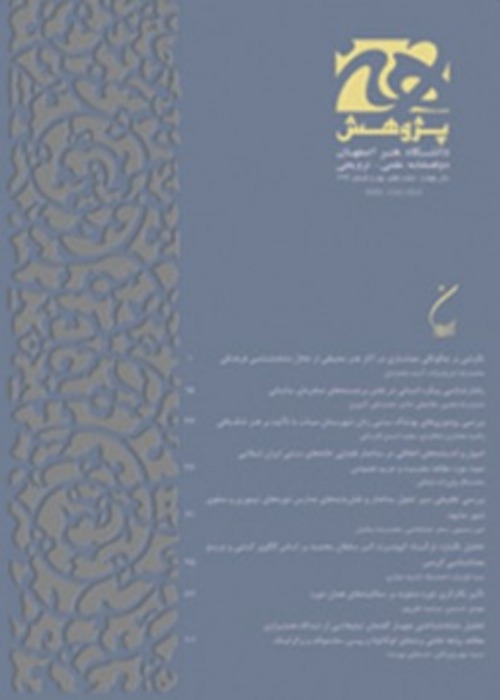Evolution of the Physical, Functional and Perceptual Space in the Historical Mosques of Qazvin (Early Islamic, Seljuk, Safavid and Qajar periods)
The history of the creation of mosques is synonymous with the history of the emergence of Islam and its expansion, which has been subject to the development and influence of this sacred building in different societies. Undoubtedly, throughout history, the combination of mosques with techniques, cultures and rich attitudes of various societies makes its architecture a symbol of Islamic architecture in such a way that it can be claimed that the transformation in other Islamic buildings has started following the development of the architecture of mosques. Here, the main question is whether in the present study, considering the importance of the architecture of the mosques of the historical city of Qazvin, both in terms of physical characteristics and in terms of historical transformations, is possible to achieve rules and frameworks that result in the evolution of the spatial types of mosques in this city from the point of view of physical aspects, functional aspects, and perceptual aspects. Based on this, it includes factors such as the understanding of chastity and how to construct and pay attention to the concepts obtained in the samples studied in the early Islamic, Seljuk, Safavid and Qajar schools of the historical city of Qazvin. The research method in the prospective research is qualitative, which is written in a combined form with interpretive-historical and descriptive-analytical methods, and the data collection is based on field studies and documents. In fact, this research rereads the course of evolution in 11 established and valuable species in the mentioned periods in Qazvin city, and how spatial organization and the way prayer space is connected and the ways of defining open and closed space in the spatial pattern of these mosques from a physical, functional and perceptual point of view. The results of the data analysis show the evolution of the mosques under investigation in the above periods in the historical city of Qazvin, expressing different commonalities and differences in the way of spatial organization and the way of communicating the prayer space and the ways of defining open and closed space in the spatial pattern of this area which can be seen in every era.
- حق عضویت دریافتی صرف حمایت از نشریات عضو و نگهداری، تکمیل و توسعه مگیران میشود.
- پرداخت حق اشتراک و دانلود مقالات اجازه بازنشر آن در سایر رسانههای چاپی و دیجیتال را به کاربر نمیدهد.


